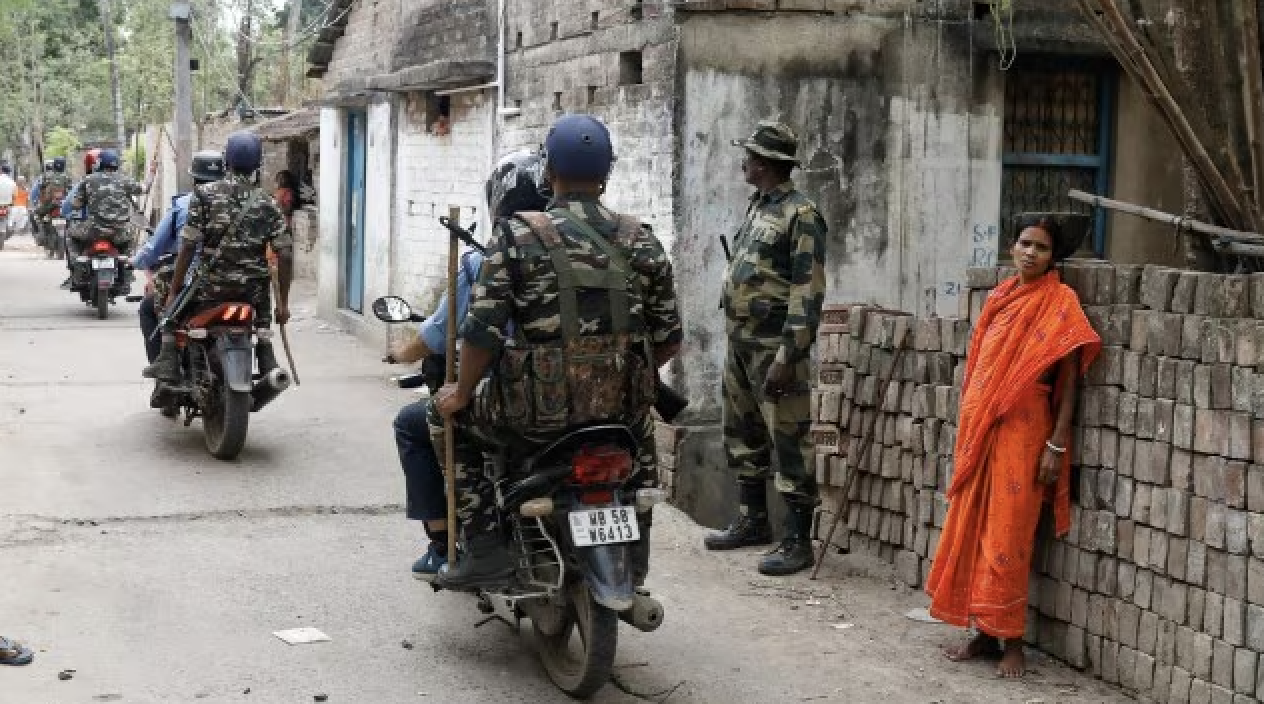
Justice Akil Kureshi.
| (Photo: Altered by The Quint)
By SANJOY GHOSE
“A righteous government is of all the most to be wished for, Bearing of blessing and good fortune in the highest. Guided by the law of Truth, supported by dedication and zeal, it blossoms into the Best of Order, a Kingdom of Heaven! To effect this, I shall work now and ever more.”
— The Zend Avesta
A dastūr, a trained Zoroastrian Priest, is well aware of this exhortation to establish a “righteous government” contained in his holy book, the Avesta. When a dastūr adorns the high seat of the Supreme Court and is described by the Karta of India’s judiciary — Chief Justice N.V. Ramana — as “the Lion who guarded the judiciary”, one can imagine the extent to which he would strive to realise this hope for a “righteous government”. If reports, corridor whispers and legal grapevine are to be believed, Justice Rohinton Nariman did just that for several months when it came to the matter of filling the vacancies of the top court.
The colourful former Chief Justice S.A. Bobde had to hang in his boots without any success at nominating even a single justice to the Supreme Court while vacancies piled up through his months in office. It was reported that the principal obstacle in his path was the principled objection of Justice Nariman to the proposal to supersede one of India’s finest and most respected judges, the Chief Justice of Tripura High Court, Justice Akil Kureshi.
‘PREMIER’ COURTS
Incidentally, this concept of a “premier” court, a distinction alien to our constitution, was introduced into India’s judicial lexicon by the Collegium itself, when it appointed Justice Aniruddha Bose as Chief Justice of the Jharkhand High Court instead of Delhi. We learnt from the Collegium minutes, which used to be published in those days in lip service to the cause of transparency, that the Delhi High Court was a “premier” High Court.
While we will never have it officially, the black mark against Justice Kureshi is that he was the judge who had sent the present Union Home Minister, Amit Shah, into incarceration. While it is totally understandable for the ruling dispensation not to view his candidature favourably, what has raised eyebrows is the abject surrender of the court to the sentiment of the executive.
PRINCIPLE VS PRACTICALITY
Within days of the “lion” compliment, the recast Collegium promptly cleared nine names, overlooking the case of the bold and competent Justice Kureshi, whose only fault, it seems, was to have taken his constitutional oath seriously.
The impasse in the preceding months has a context. While the Court had clothed itself with primacy in matters of judicial appointments through its judicial rulings and technically all it had to do in the wake of executive disagreement was to reiterate its recommendation for the same to be binding, the recent experience with the government had possibly made the Court wise to the certainty that principle would only be met with procrastination. If an “unwelcome” nomination made its way from the Court to the government, the latter would simply sit over the recommendations for months. Also, administratively, it would be viewed as a hostile action that would certainly not be well-received. Possibly, it could also end up souring the relations between these two branches and cast its shadow upon a number of aspects where the court needs the cooperation of the government of the day.
The message that this compromise sends out to the judicial family is “be afraid”. Given the media and social media — this “surrender” is also causing a fair amount of consternation in non-legal circles.
A FAILED ATTEMPT AT TRANSPARENCY
The Collegium system was judicially evolved by the Court to promote merit and insulate the judiciary from executive interference. Over the years, it is more than established from how it has dealt with appointments to our constitutional courts that the Collegium system has woefully failed on both scores. Even its brief flirtation with transparency, when it was decided that minutes of meetings would be published, was a total disaster, ending up maligning the reputation of judges and lawyers.
This recent episode perhaps makes the most compelling case for a comprehensive reconsideration to institutionalise greater transparency and accountability. While India may not be ready for an American-type system where the Senate Judiciary Committee publicly grills judicial nominees through an intensive confirmation process, at least some institutional form of obtaining the inputs from senior and respected members of the Bar and the community at large must be explored and the process made less opaque.
As I began with the Avesta, it would only be fitting I conclude with the same. The Avesta also says:
This story first appeared on thequint.com






